See Text below for more information about Niacin and its effects on Lipids overall. Niacin (or Nicotinic Acid) is a form of vitamin B3. Niacin is one of the essential nutrients for the human body. Niacin deficiency can cause pellagra, while insufficient niacin in the diet can cause nausea, skin and mouth lesions, anemia, headaches, and tiredness. A recommended daily allowance of niacin would be 2–12 mg/day for children, 14 mg/day for women, 16 mg/day for men, and 18 mg/day for pregnant or breast-feeding women. Niacin in much higher doses than those recommended as daily dietary allowance is a potent agent against Dyslipidaemia. In doses as high as 1.500 – 2.000mg is proven to reduce LDL (bad) cholesterol by 20%, increase HDL (good) Cholesterol by 30%, and also reduce Triglycerides by almost 40%. It is also proven to reduce the atherogenic fraction of LDL: Lp(a), and apolipoprotein Apo-B (which is the carrier of lipids in LDL-C). Two large studies have been conducted with these doses of Niacin with patients under treatment with Statins. (AIM-HIGH & HPS2-THRIVE). These studies concluded that there is no added cardiovascular benefit by concomitant use of high doses of Niacin along with statin treatment, when LDL-C levels are already very low. It seems though that Niacin treatment is effective in patients not treated with statins. Niacin in such high doses can cause Flushing. Another form of vitamin B3 is Nicotinamide, but only Niacin has been found to have this strong effect on dyslipidaemia.
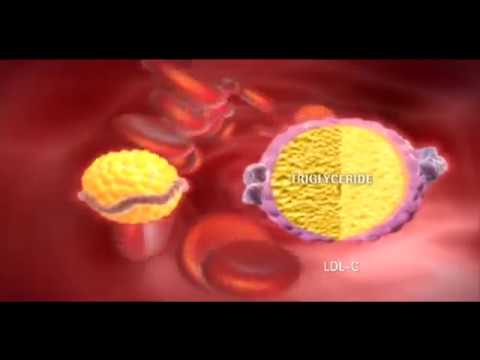
Niacin effects on Cholesterol (Mechanism of Action)
- Post author:
- Post published:May 24, 2021
- Post comments:0 Comments
You Might Also Like

Hany Rambod’s 70 Seconds on FST-7 Overhead Tricep Extension (High Pulley)

Emotions and the Brain

Total Arm Definition Routine | Larry Edwards
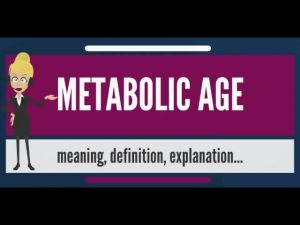
What is METABOLIC AGE? What does METABOLIC AGE mean? METABOLIC AGE meaning & explanation
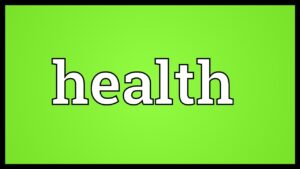
Health And Fitness Video – 2

What Is The Definition Of Anatomy Medical Dictionary Free Online
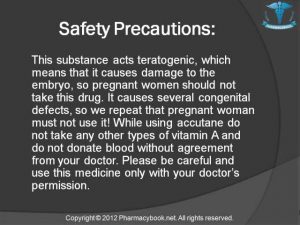
Accutane-isotretinoin
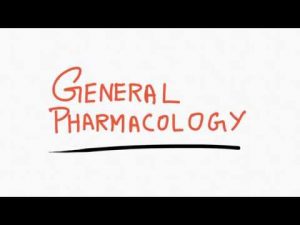
General Pharmacology lectures – 01 – Introduction

Weight Loss Drugs, Orlistat: the good and bad

What happens inside your body when you exercise?

One Direction – Perfect (Official Video)

Does masturbation reduce sperm count? | Metromale Clinic & Fertility Center
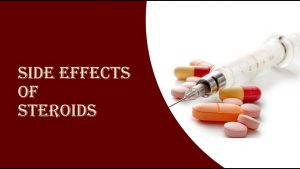
Steroids Side Effects: Wactch this Before Using Steroids

Cardiology Video – 3

Oral And Maxillofacial Surgery Video – 3

How To Do Preacher Curls Properly

Bodybuilding & Water Intake: How Much Do You Need Per Day?

What is Pantoprazole
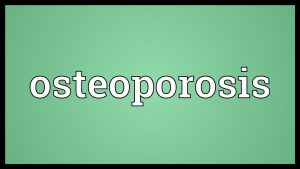
Osteoporosis Meaning

HGH, Growth Hormones & Plant Hormones Video – 4
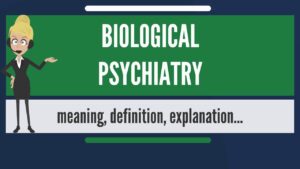
Biological Psychiatry Video – 1

I’m Having a Vitamin B Complex!! 2 of 2

Barbell Shrug – upper back exercise correct form
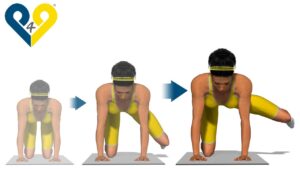
Best buttocks exercises: Side Kick with Bent Knee

Human Body, Body Building Muscle Building Anatomy Physiology Video – 20

Why Does Sugar Make you Thirsty? | Nutrition Pass

Leg Press-8
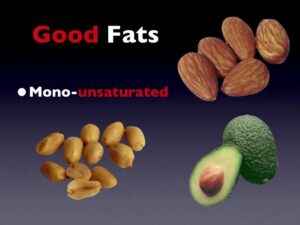
BAD FAT vs GOOD FAT – What Are YOU?

What is Water? – The H2O song – by Peter Weatherall
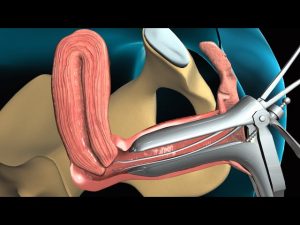
Endometrial Biopsy

Branches of Physiotherapy Video – 3
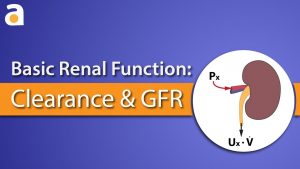
Basic Renal Function: Clearance and GFR

DEXA DXA SCAN
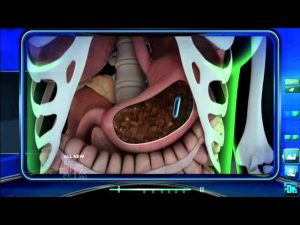
How Medicines Are Absorbed — The Doctors

How to Do the Torso Track Exercise

Taekwondo Video – 3
Lat Pull Down-4

Muscle Building Workout & Squats Video – 41

MUTANT in a MINUTE – Upright Rows with Johnnie O Jackson

How to Do Side Dumbbell Lateral Raises

20 Killer Ab Exercises

